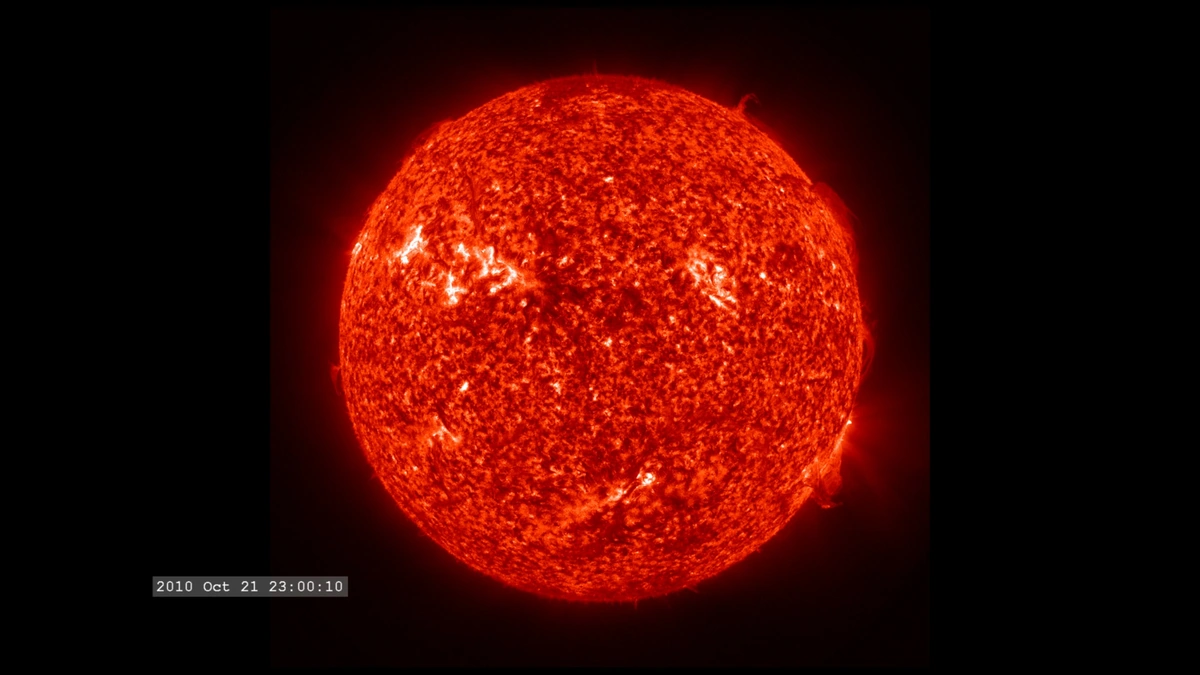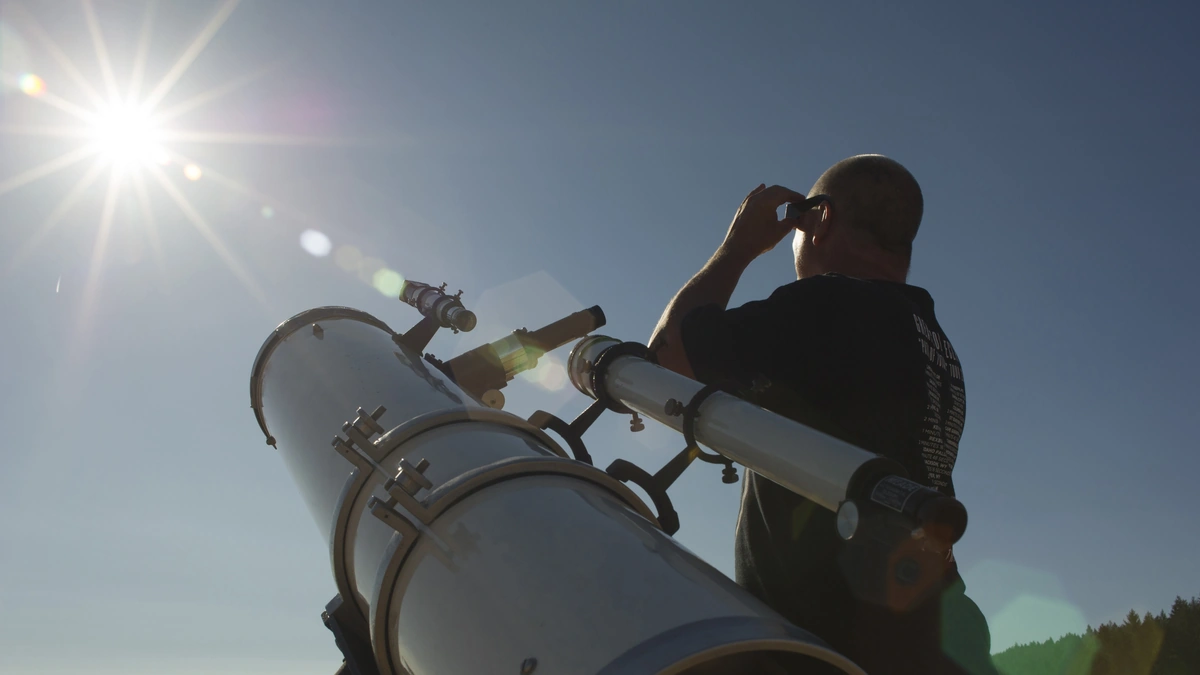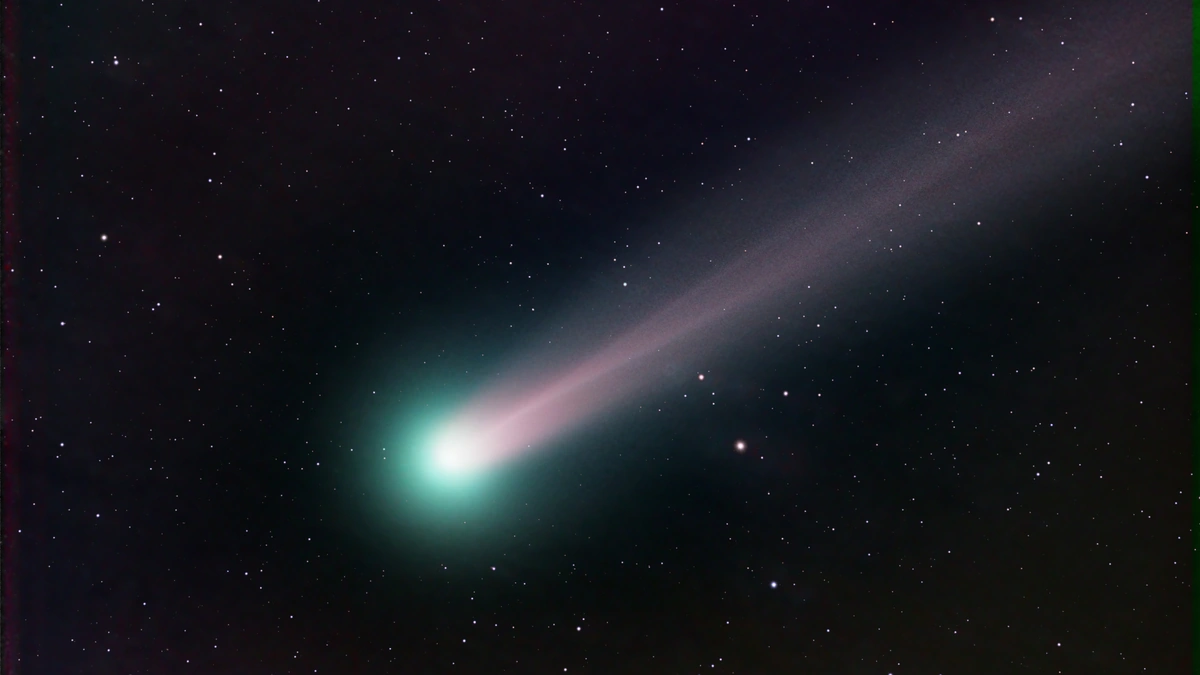Current Challenges in Observing the Sun for Scientists
Okay, let’s be honest: staring directly at the sun isn’t exactly rocket science (or, well, maybe it is , kinda). But behind those stunning solar flares and sunspots you see in photos, there’s a whole universe of obstacles that scientists grapple with every single day. We’re not just talking about buying expensive sunglasses here. This is about pushing the boundaries of technology and our understanding of the universe. So, let’s dive into the burning questions – and the not-so-obvious roadblocks – that solar observers face.
The Heat Is On (Literally) | Thermal Management

One of the most immediate and obvious sun observation challenges? The sheer heat. I mean, we’re talking about temperatures that can melt most materials. Scientists need to design instruments that can withstand incredible thermal stress. A common mistake I see is underestimating the complexity of this. It’s not just about slapping on some insulation. It’s about creating systems that actively dissipate heat while maintaining the precision needed for scientific measurements.
Sophisticated cooling systems, specialized coatings, and innovative materials are the name of the game. We’re talking about things like liquid cooling channels, heat shields made of exotic alloys, and radiative surfaces designed to efficiently dump excess heat into space. Consider the Parker Solar Probe; it gets within a few million miles of the sun and survives because of its advanced thermal protection system.
Seeing Through the Atmosphere | Atmospheric Distortion
Earth’s atmosphere, while vital for life, is a major headache for astronomers. Think of it as looking through a shimmering heat haze. The atmosphere distorts the light coming from the sun, blurring images and making precise measurements difficult. This phenomenon, known as atmospheric seeing, limits the resolution of ground-based telescopes. Adaptive optics help correct for these distortions, but these systems are complex and can’t eliminate the problem entirely.
One solution? Go above it all. Space-based observatories, like the Solar Dynamics Observatory (SDO), offer a crystal-clear view of the sun, free from atmospheric interference. But launching and maintaining these satellites is incredibly expensive and technologically demanding. Another factor to consider is solar activity that can impact the orbit of the satellites and their ability to transmit data effectively. There are constant updates and monitoring to address this issue.
The Quest for Better Data | Resolving Fine Details
Here’s the thing: the sun is a seething ball of plasma, and its surface is incredibly dynamic. To understand the underlying physics, scientists need to observe the sun in exquisite detail. This means building telescopes with ever-higher resolution. The Daniel K. Inouye Solar Telescope (DKIST) is a game-changer in this area, offering unprecedented views of the sun’s chromosphere and corona. But even with these advanced instruments, teasing out the subtle details is a monumental task.
Think about it: imagine trying to photograph a rapidly swirling eddy in a vast ocean from miles away. Now, imagine that eddy is millions of degrees hot and constantly changing. That’s the kind of challenge solar physicists face. Post-processing techniques, advanced algorithms, and sheer computational power are essential for extracting meaningful information from the raw data. Also, the need to filter through a great volume of data to identify key events and ignore the rest.
Understanding the Magnetic Field | The Invisible Force
The sun’s magnetic field is the driving force behind many of its most dramatic phenomena, including solar flares and coronal mass ejections. But this magnetic field is invisible to the naked eye. Scientists use specialized instruments called magnetographs to measure the strength and direction of the magnetic field on the sun’s surface. These measurements are crucial for understanding the solar cycle and predicting space weather.
However, the sun’s magnetic field is incredibly complex and changes rapidly. Modeling this field and predicting its behavior is one of the biggest challenges in solar physics. It’s like trying to predict the weather, but on a vastly larger scale and with far more variables. Moreover, it is essential to understand heliophysics research and how that informs scientists working on sun observation.
Space Weather Prediction | Protecting Our Technology
Solar flares and coronal mass ejections (CMEs) can have a significant impact on Earth. These events can disrupt satellite communications, damage power grids, and even pose a risk to astronauts in space. Accurate space weather forecasting is essential for protecting our technology and infrastructure. Here’s where the stakes get really high.
But predicting these events is notoriously difficult. We need to understand the underlying physics of solar eruptions and develop sophisticated models that can accurately forecast their arrival time and intensity at Earth. The Space Weather Prediction Center (SWPC) is constantly working to improve its forecasting capabilities, but there’s still much work to be done. It is important to integrate this area with astronomical research to ensure better models for prediction and prevention of events.
The thing I keep coming back to is this: our understanding of the sun is crucial, not just for scientific curiosity, but also for protecting our way of life here on Earth. It’s a fascinating field filled with dedicated scientists pushing the boundaries of what’s possible. And who knows what future discoveries await us?
FAQ Section | Common Questions About Sun Observation
Why can’t we just look at the sun with a regular telescope?
Looking at the sun directly through a regular telescope can cause severe and permanent eye damage. Specialized solar filters and telescopes are designed to block out most of the sun’s light and heat, making it safe to observe.
What are some of the instruments used to observe the sun?
Common instruments include telescopes with solar filters, spectrographs (which analyze the sun’s light), and magnetographs (which measure the sun’s magnetic field).
How do space-based observatories help with sun observation?
Space-based observatories avoid the blurring effects of Earth’s atmosphere, providing clearer and more detailed images of the sun.
What is the difference between a solar flare and a coronal mass ejection?
A solar flare is a sudden burst of energy from the sun, while a CME is a large expulsion of plasma and magnetic field from the solar corona.













